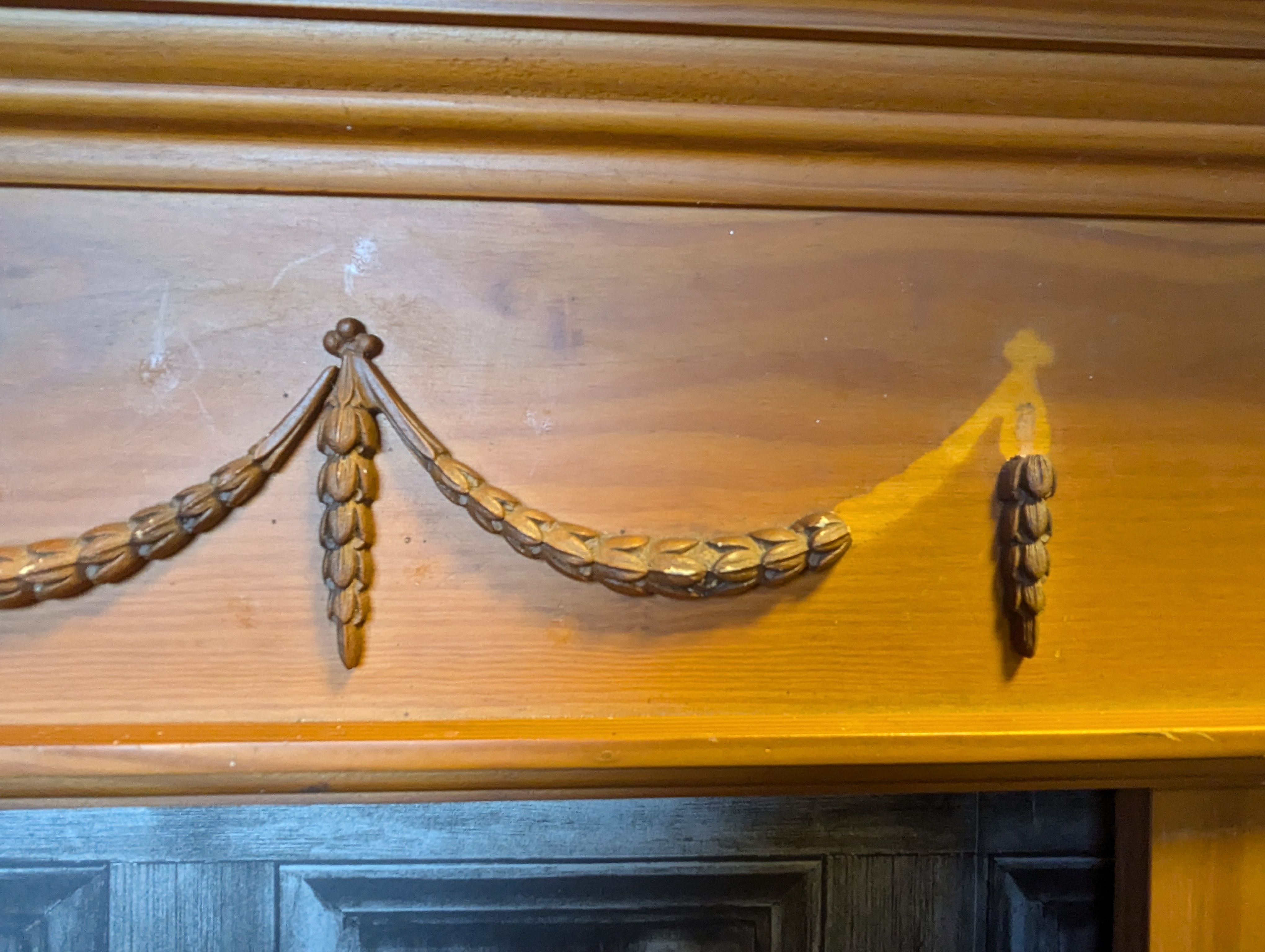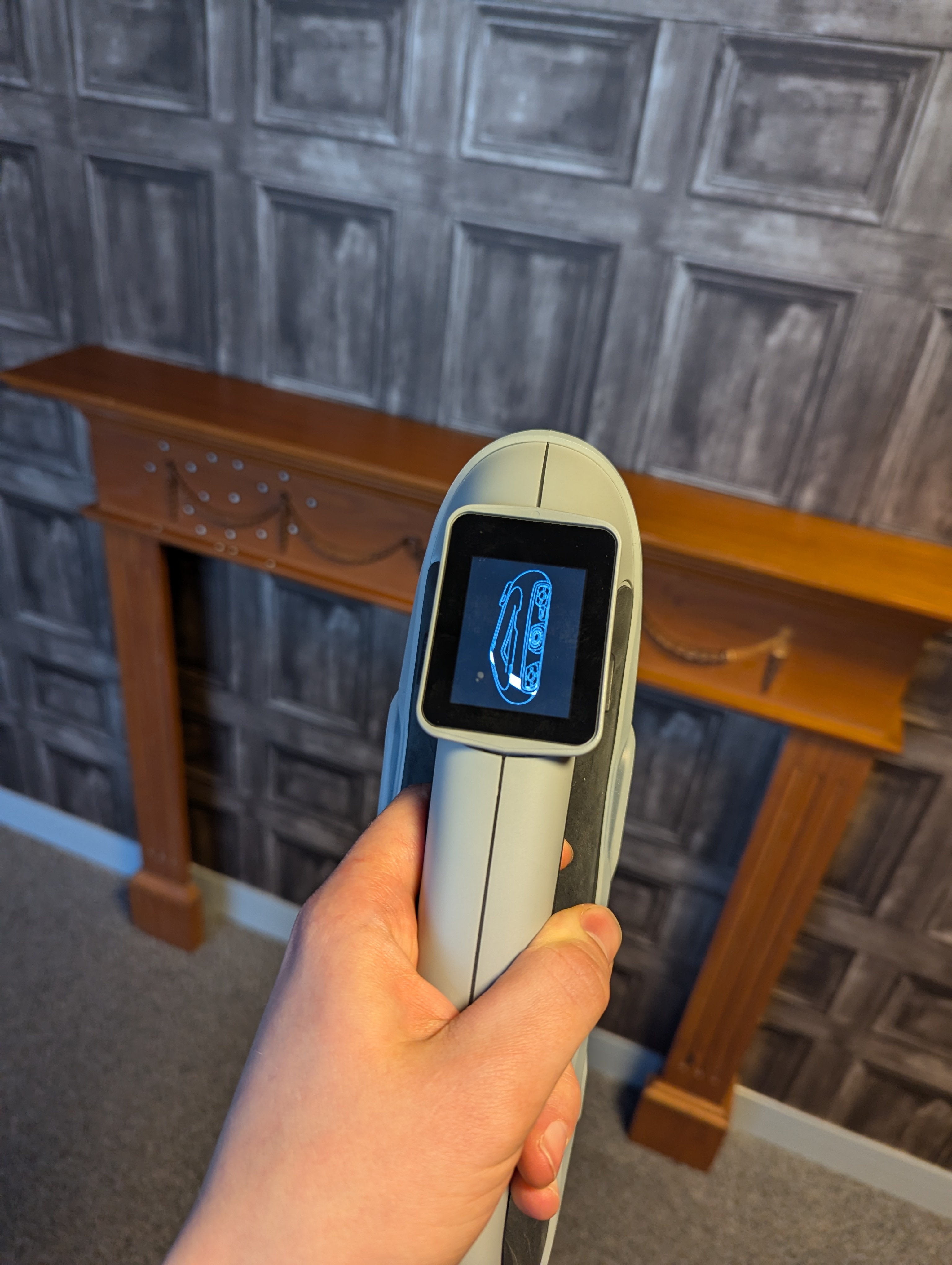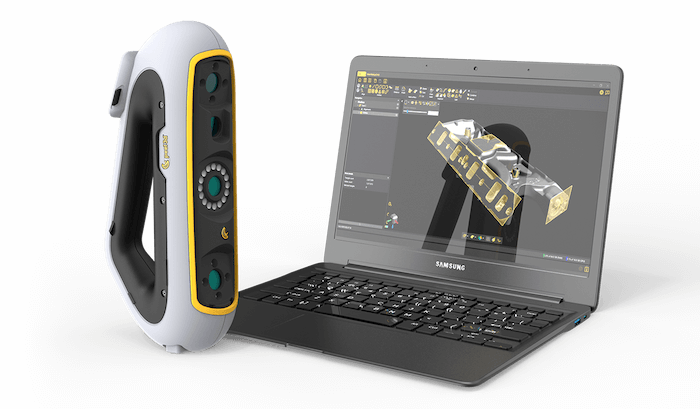Restoring History with 3D Scanning and Additive
Restoration is much more than repairing broken items. It's about preserving historical significance, artistic integrity, and original craftsmanship. Whether it's a historical building façade, a classic automobile, finely crafted artwork, or decorative items.
Accurately replicating damaged, worn, or entirely missing details results in complicated hurdles. Traditional refurbishment often requires painstaking manual 3D measurements, detailed sculpting, or custom machining. These methods are not only labour-intensive but also expensive and time-consuming.
The integration of 3D scanning with additive manufacturing (3D printing) provides a highly effective, practical solution for these types of projects. 3D scanning allows for the precise capture of an object’s exact geometry, even when original CAD drawings or physical templates no longer exist or are incomplete. When combined with additive manufacturing, these accurate digital models can be transformed into physical replicas swiftly and cost-effectively, simplifying the work.

The Project: Repairing Damaged Beaded Moulding
A recent project with CREAT3D showcases the advantages of combining these two technologies. It involved restoring an elaborate, decorative beaded moulding around an antique fireplace. A small yet noticeable segment had broken away, leaving a clear visual gap.

Conventional reconstruction, such as manual carving or conventional machining, would have been impractical due to the moulding's detailed curves and elaborate geometry.
To tackle this challenge, the reconditioning involved a meticulous, structured process, leveraging the strengths of 3D scanning and 3D printing.
- Assessment and preparation: The intact section of moulding was examined to determine its suitability for scanning. Its non-reflective surface meant no additional preparation, such as sprays or powders, was needed.
- Placement of scan markers: Small, randomly placed target markers were applied to facilitate accurate alignment and merging of multiple scans taken from different angles.
- Capturing the scan: Multiple scans were performed using a Peel 3 handheld 3D scanner, thoroughly capturing the complex geometry and fine details from various perspectives.
- Digital model creation: The collected scans were combined into a unified digital mesh using Peel.CAD software, where imperfections were repaired, surfaces smoothed, and gaps filled, creating an accurate representation of the original moulding.
- Model refinement: Further sculpting and precision adjustments were completed in Meshmixer to ensure the new section would seamlessly integrate with the existing moulding.
- Preparation for 3D printing: The final model was exported as an STL file and imported into PreForm software, which optimized the orientation and settings for printing with Nylon 12 material on a Formlabs Fuse SLS 3D printer.
- 3D printing and post-processing: The printed component underwent detailed post-processing. It was initially de-powdered using the Formlabs Fuse Sift and then polished in the Fuse Blast to achieve a smooth finish.
- Painting and finishing: The completed part was carefully painted to match the existing moulding precisely.
- Installation: Finally, the restored piece was secured into position using durable wood adhesive, restoring the fireplace's original appearance seamlessly.

Efficient Restoration with Modern Techniques
Leveraging 3D scanning and additive manufacturing significantly streamlines workflows. This method effectively addresses several common issues faced in recreating complex details without original drawings, dealing with discontinued or unavailable components, and minimizing reliance on highly specialized, expensive labor. It also drastically reduces costs and lead times typically associated with legacy repairs.

This innovative approach is particularly valuable in industries and sectors involved in historical conservation, artistic preservation, custom production, and creative projects.
Thanks to metrology solutions and 3D printing, restoration can now be achieved more accurately, economically, and efficiently, ensuring the preservation of important historical artifacts and architectural features for future generations.
Interested in learning more? Talk to one of Peel 3D experts today.
We recently hosted a webinar with CREAT3D and MSL on this project. If you missed it, the full recording is now available on our YouTube channel—be sure to check it out!
Wonder how Peel 3D can transform your work, solve problems, and save you time?
Contact our Peel 3D experts